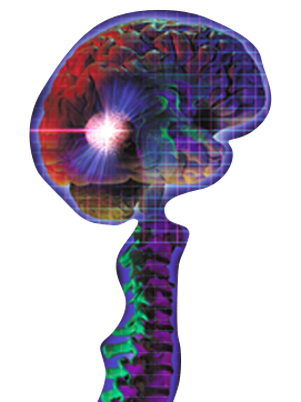The vestibular system in the brain allows us to stand upright, maintain balance, move through space, and process visual information about the environment while we are in motion. The vestibular system is a surprisingly complex sensory system, integrating information from:
• the vestibular organs in the inner ear
• the eyes
• the neck and shoulder muscles
• the fingertips and palms of the hand
• the pressors on the soles of the feet
• hip and leg joints
• jaw muscles and facial muscles
The vestibular system is perhaps the most basic of all the sensory systems. The system develops early in utero and through its many connections with the rest of the brain, it is believed to provide the foundation for many other functions. The vestibular system coordinates body movements, maintains balance and equilibrium, and helps children develop normal muscle tone. It plays a significant role in the development of language, such that children with vestibular dysfunction may also have auditory-language processing problems.
The vestibular system influences motor control and motor planning that are necessary to use the fine muscles in the throat, tongue, lips, and jaw to produce intelligible speech. Because the vestibular system is crucial for effective auditory processing, the child with vestibular dysfunction frequently develops problems with language. In addition, other input mechanisms that affect and are affected by the vestibular functioning are the hip and leg joints impacting large motor coordination, hands and fingers affecting fine motor skills, and the pressors on the soles of the feet giving a sense of stability and balance and space.
It's important to realize that the vestibular, auditory and visual systems work together as they process sensations of movement and sound and light. These sensations are closely intertwined, as they all begin to be processed and/or influenced by receptors of the ear. Vision is an important component of the vestibular system. About twenty percent of visual neurons respond to vestibular stimulation (e.g. when spinning, head shaking, or rocking). The auditory system is also highly involved in vestibular functions. The vestibular and auditory nerves join in the auditory canal and become the eighth cranial nerve of the brain. Anything that disrupts auditory information can also affect vestibular functioning.
One system feeds the other information that allows us to think, move, comprehend and interpret the world around us. We call this process of balancing and improving the communication between the input systems, sensory integration.
